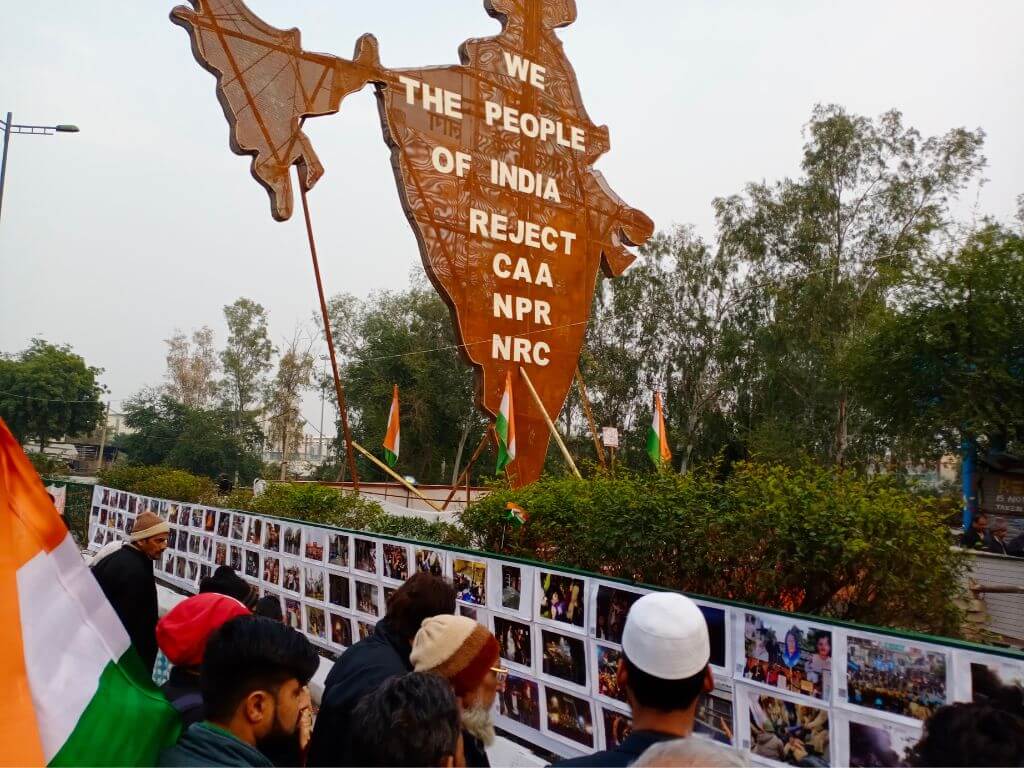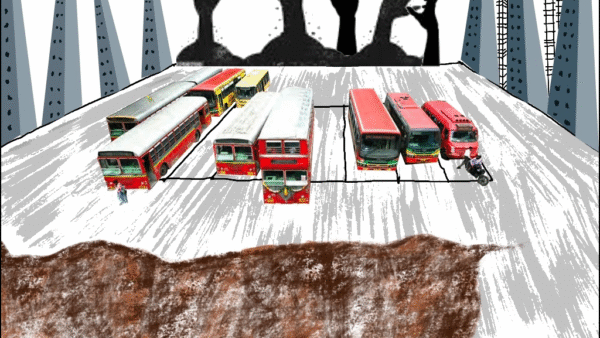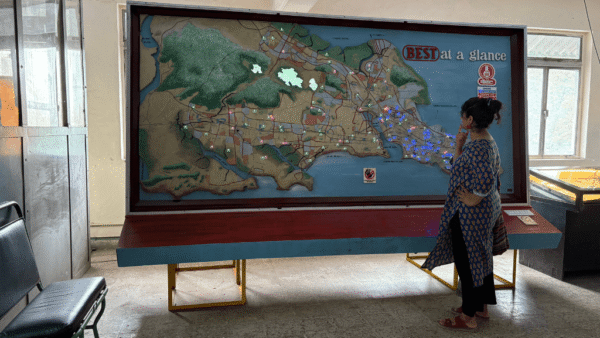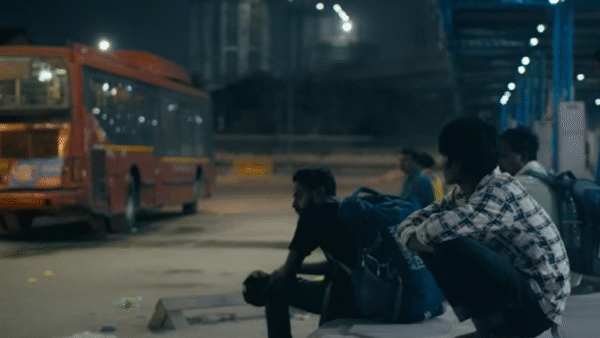The vibrant, loud and compelling images of huge protests and demonstrations across the world convey how public spaces are used not just for celebrations but also to participate in the government’s functioning. These are platforms for people to unite and collectively express opinions or demand change of abuse and exploitation – all of which are important in a democracy.
People’s right to be heard, or make themselves heard, especially in a democracy is reflected in public spaces where protests are held. India’s freedom movement saw lakhs of people congregate and resist colonial rule at protest sites, workers’ struggles and trade union action happened here, campaigns for citizen’s right to food and housing happened across such protest spaces in the country. The 2011 agitation led by social activist Anna Hazare in public spaces, which created a strong wave of public opinion against corruption, even led to the formation of the political party Aam Aadmi Party in New Delhi.
Internationally, the last decade has seen multiple protests in a varying set of circumstances. Thousands gathering across cities of the United States to drive home the message of Black Lives Matter, lakhs marching in pro-democracy protests in Hong Kong along its streets, people filling in public squares such as Tahrir Square in Cairo and Taksim Square in Istanbul demanding an end to autocratic and authoritarian rule in their countries are all embodiment of the same impulse among people – to make themselves heard to their rulers, to mobilise for change.
Protest sites are accessible visible spaces, “surrounded by important government offices, ending a symbolic quality to revolts. However, just as they attract protestors voicing their frustrations, public spaces have also been historically used by repressors to silence dissent. In this way, urban spaces are not simply neutral containers for social movements, but an important tool to either kindle or extinguish burgeoning revolutions.”[1]
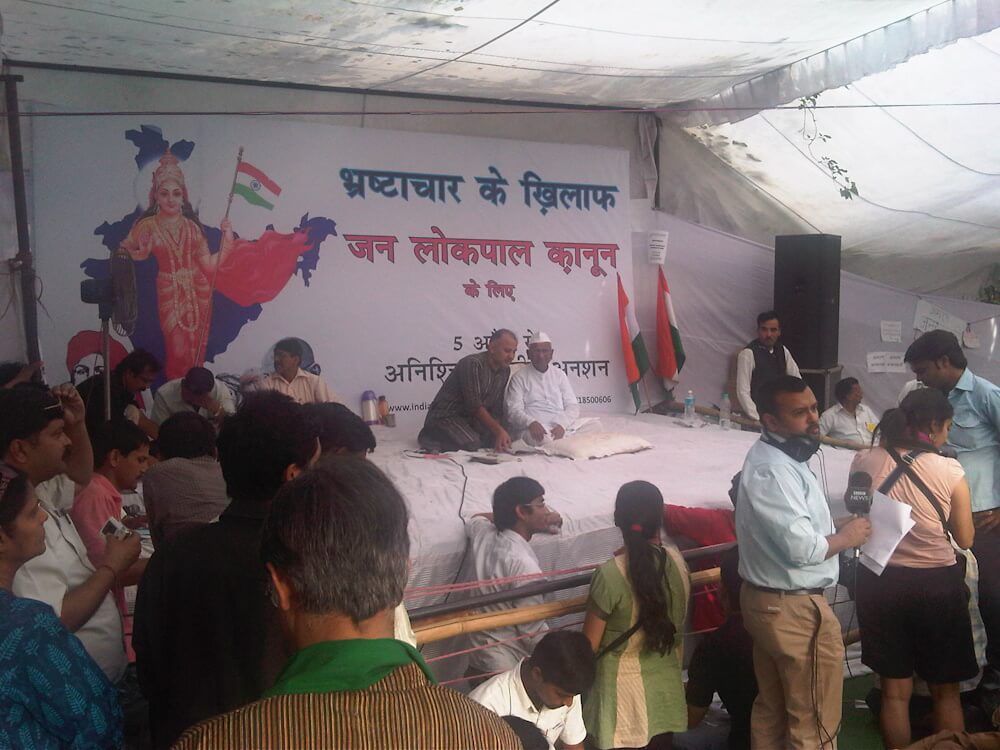
Photo: Pankaj Jangid/ Wikimedia Commons
Where are the protest sites?
Sadly, such spaces are gradually shrinking, because of policies and rules made by governments who find people’s voices and actions inconvenient or by orders of various courts called upon to decide between ‘conflicting’ uses of these spaces. Governments have progressively shrunk protest spaces by orders but citizens’ groups have also petitioned courts to limit the spaces from being used for protests such as in Mumbai.
As a consequence, people have been pushed out of public spaces that were used for decades for protests. If they continue to offer space now, it is highly regulated, often with entry-exit gates, or with restrictions imposed on the use of space. The winter of 2019 saw some of the largest protests in India against the Citizenship Amendment Act with agitations and demonstrations around the country, but that seems to have been a blip on the radar.
In October 2017, the National Green Tribunal banned all protests and demonstrations around the historic Jantar Mantar in New Delhi, the crucible of several significant protests in the past few decades. Citing flouting of environmental laws, the Tribunal ordered the protesters camping at Jantar Mantar to be moved to Ramlila Maidan.
The National Green Tribunal’s order will effectively take protests even farther away from the people and institutions that protesters seek to influence, commented Rineeta Naik in Scroll.in. “A peaceful public protest is a civic activity intended to draw the attention of lawmakers, policymakers and the general public to critical issues of governance and to demand redress and accountability. The space where protest takes place is, therefore, crucial. It must facilitate direct interface with officials and political representatives; it must also be situated so that interested bystanders can be enlisted for the cause.”[2]
Reasons for closing public spaces
Netherlands Institute for Multiparty Democracy and the European Partnership for Democracy studied shrinking democratic space and in their research paper, Thinking Democratically: A Comprehensive Approach to Countering and Preventing Shrinking Space, found three main tactics used to close democratic space:
- Restricting civic space, particularly freedom of expression, assembly and association. This stops media outlets, emerging political (opposition) forces, and civil society organizations from carrying out their work.
- Changing the rules of the game, which creates an uneven playing field for political contestation. This includes the abuse of state resources, skewed reforms in political party and electoral legislation, and one-sided private and illicit financing in campaigning.
- Undermining the separation of powers, notably the independence of the judiciary, and allowing impunity and violence to shape the activities of citizens, media actors and civil society.
These tactics have the same objective: Gradually silencing dissent and concentrating power in the hands of the few. In many countries, they are being used to gradually erode democratic space, sometimes through subtle attacks and protection of the status quo, reads the report.[3]
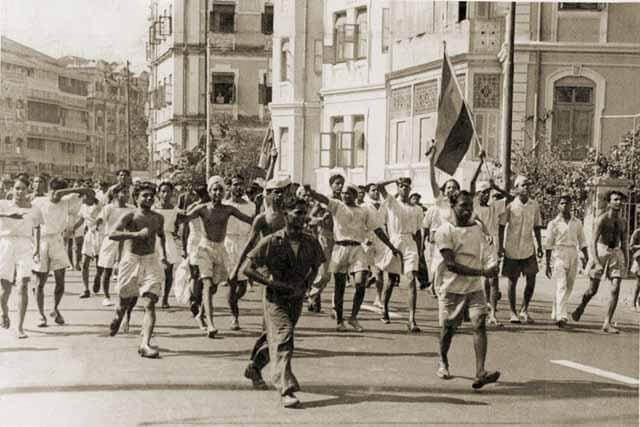
Photo: Liberation
What is “public space”?
In the essay Public Spaces: Places of Protest, Expression and Social Engagement, Christele Harrouk, architect and urban designer based in Lebanon and she is also the managing editor at Archdaily, writes:
“Public space” is a legal terminology that tackles the notion of land ownership, suggesting that this type of parcel does not belong to anyone in particular, but to the state itself. Open, free, accessible to all, and financed by public money, these spaces are not only the results of planning, but the consequences of the public practices they hold. Actually, people define how public space is used and what it means…
Public spaces, she argues, are places of expression, some more than others due to a series of proper factors put together but all public spaces inspire exchange. “Even repressing, over-planned and monitored squares encourage people to revolt against them, or against what they actually represent, from governments, political regimes, to economic systems. Often the sites of protest, they transform into places of resistance, where revolutions and social uprisings emerge.”[4]
The UN Human Rights Council in its reports of Special Rapporteurs on the rights to freedom of peaceful assembly and proper management of assemblies, of February 4, 2016, reads:
“The full and free exercise of the right to freedom of peaceful assembly is possible only where an enabling and safe environment for the general public, including for civil society and human rights defenders, exists and where access to spaces for public participation is not excessively or unreasonably restricted. Barriers to forming and operating associations, weak protection from reprisals for those exercising and defending human rights, excessive and disproportionate punishments for violations of the law, and unreasonable restrictions on the use of public spaces all negatively affect the right to freedom of peaceful assembly.”[5]
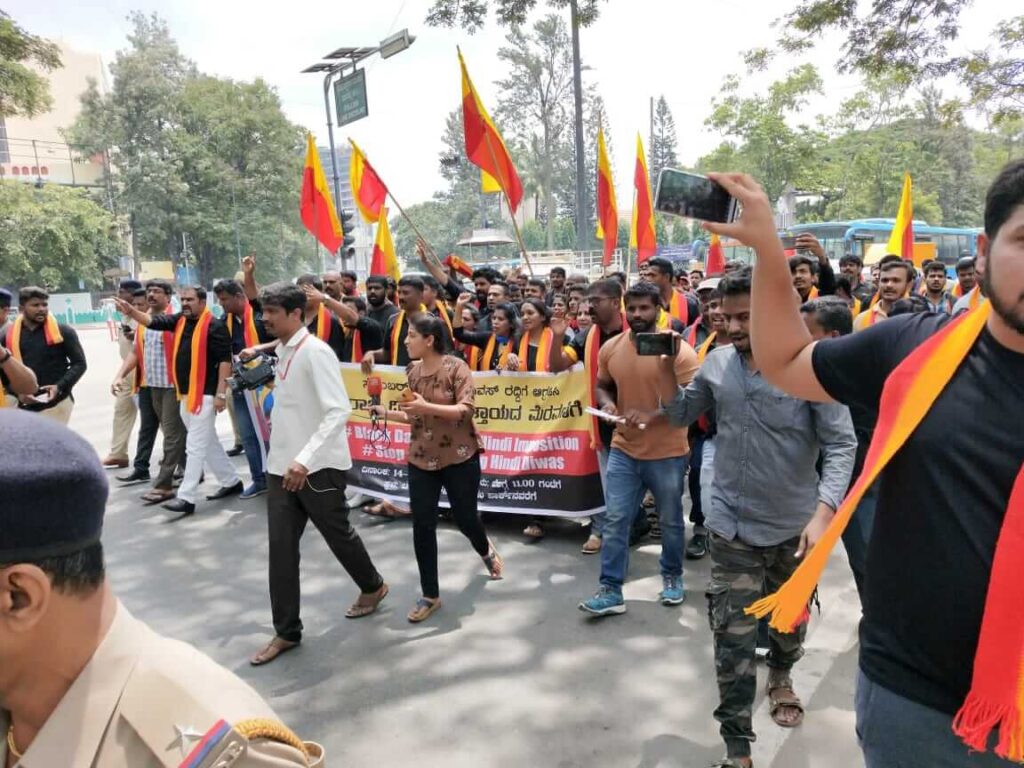
Photo: Wikimedia Commons
‘Designated’ protest spots
On August 15, 2022, seventy-two farmers were arrested for not protesting at Bengaluru’s Freedom Park, which has been “designated” as the only spot for protests by the Karnataka High Court through its order in a suo motu PIL. The HC said that, according to the Licensing and Regulation of Protests, Demonstrations, and Protest Marches (Bengaluru City) order of 2021, Freedom Park was the designated site for processions, demonstrations and protests.
But such designated sites have their drawbacks. Avanti Deshpande, a graduate of ILS Law College, Pune, writes that holding peaceful assemblies only at “designated” spaces makes them inferior to other “regular” activities conducted in a public space.
“…by designating only certain spaces for protest, the court has bequeathed conducting protests in public spaces as a secondary consideration, whereas pedestrians walking on sidewalks and roads, the flow of vehicular traffic, and conducting commercial and business activity are viewed as regular, legitimate occupation and use of public spaces. In a democratic country, it is imperative to hold the flow of vehicular traffic in a public space and hold a protest in a public space on an equal pedestal. Merely because protests may not be a daily occurrence or a routine use of a public space does not rob them of their legitimacy…it is now illegal to protest at any place in Bengaluru apart from the spot so designated, that is, Freedom Park, thereby criminalising the right to freedom of protest, and heavily restricting its full and free exercise by citizens.”[6]
Streets as protest zones
Ritajyoti Bandyopadhyay, assistant professor, Indian Institute of Science Education and Research (IISER) Mohali, reflects on ‘Why Do Empty Streets Threaten Democracy?’.
Riots and rebellions, protests and agitations, find their home in densely populated and closely built-up streets where life and labour, production and reproduction, come into close interface. Delhi’s Shaheen Bagh could sustain a protest for more than two months because it had access to narrower lanes where a thriving community lived and worked – spaces where politics dissolved the distinction between public and private domains. Even the occasional activists who gathered in Shaheen Bagh in solidarity found food and shelter in the adjacent neighbourhood. This protest became more crucial in public discourse than any other usual protests in Jantar Mantar because it obstructed vital traffic between Delhi and Noida (the New Okhla Industrial Development Authority planned city).
After all, it did not happen in a “protest zone” meant to accommodate protests without much disruption to routine life. A planned city plans for and quarantines future protests. A procession of 5,000 bodies can still block the central and northern parts of Kolkata, Lutyens’ Delhi cannot be blocked by a rally ten times larger because roads secure it.
In Paris, we know, the Revolution of 1848 thrived on strategically placed barricades. The authoritarian state that followed the Revolution of 1848 destroyed the early modern riotous Paris streets and replaced them by a series of intersecting and parallel roads, along with diagonal thoroughfares. Canon shots follow straight lines. Unobstructed straight lines “through the closely-built workers’ quarters” made the city spatially legible.
Paris in the hands of Haussmann engendered a graphic illustration of the mid 19th century imperial authority. While commenting on the spatial contexts of the 1848 Revolution and 1871 Commune, Engels (1895) wrote: “Rebellion in the old style, the street fight with barricades, which up to 1848 gave everywhere the final decision, was to a considerable extent obsolete [in 1871]”. The Revolution of 1848 exposed the spatially beleaguered state of the authority in the city, which called for major road-building initiatives.[7]
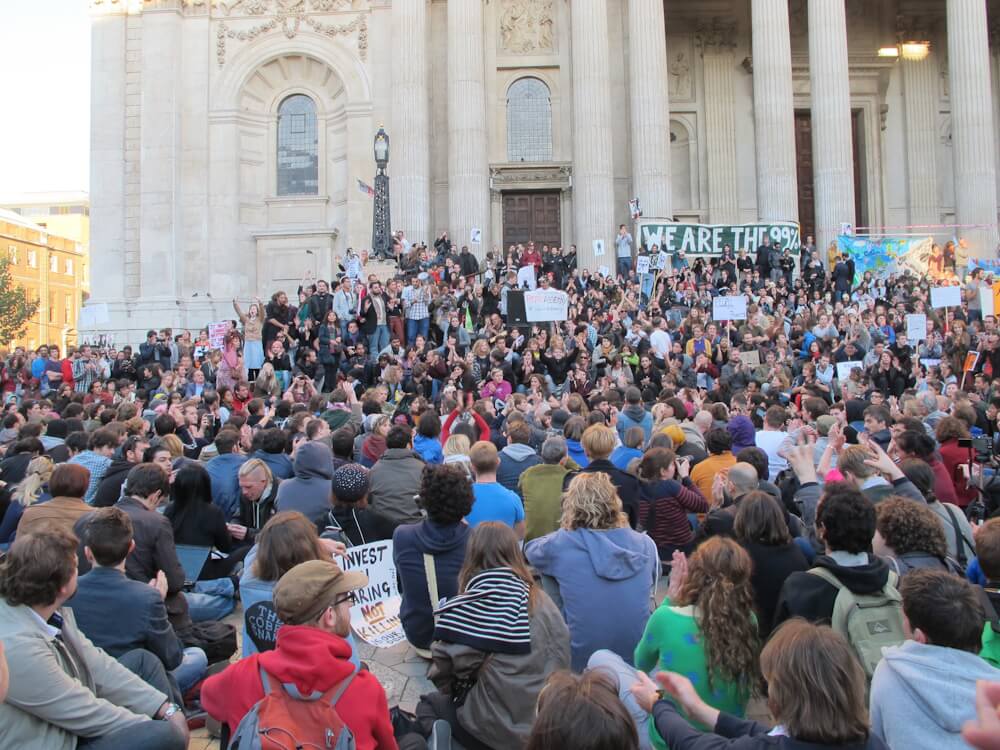
Photo: Crispin Semmens/Wikimedia Commons
Urban design and protest points
Cities’ geography can aid, underscore or discourage a protest movement’s success, writes journalist Peter Schwartzstein in the essay ‘How Urban Design Can Make or Break Protests’.
“Few planners seemingly set out to protest-proof cities from the outset. But mindful of the impact of design, authorities have seldom been shy about re-engineering urban areas to protesters’ disadvantage. Municipal officials in many western countries have turned over tracts of land to private developers, many of whom have made their use contingent on highly restrictive rules. That became starkly apparent when London’s Occupy chapter tried and failed to establish itself on several ‘pops’ – privately owned public spaces – before settling on the steps of St Paul’s Cathedral. Myriad states have reworked traditional rally points so as to inhibit the emergence of large crowds. Among them, Erdogan’s Turkish state has transformed Istanbul’s Taksim Square with barriers and a beefed-up police presence, seven years after it was the centerpiece of the Gezi Park protests.”[8]
Cover photo: Creative Commons

